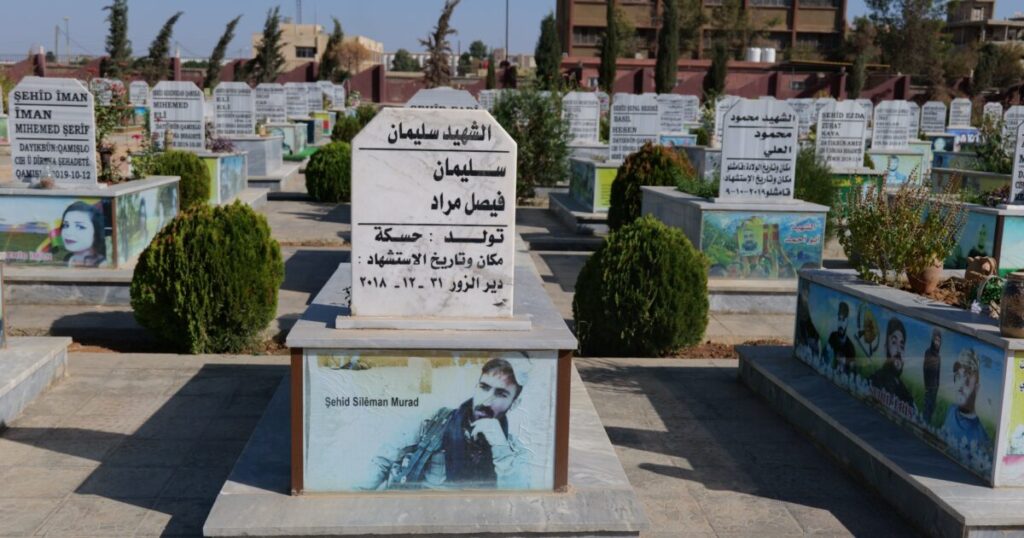According to the photo and text on his headstone, S. Warson was only twenty-one when he was killed by ISIS. The image shows a proud young man in military uniform holding a weapon. Nearby graves display photos of a smiling teenage boy and a pregnant woman. Some women wear modern dress, others wear hijab; among the dead are children, soldiers, and civilians, all different kinds of people who share the commonality of having been killed by ISIS.
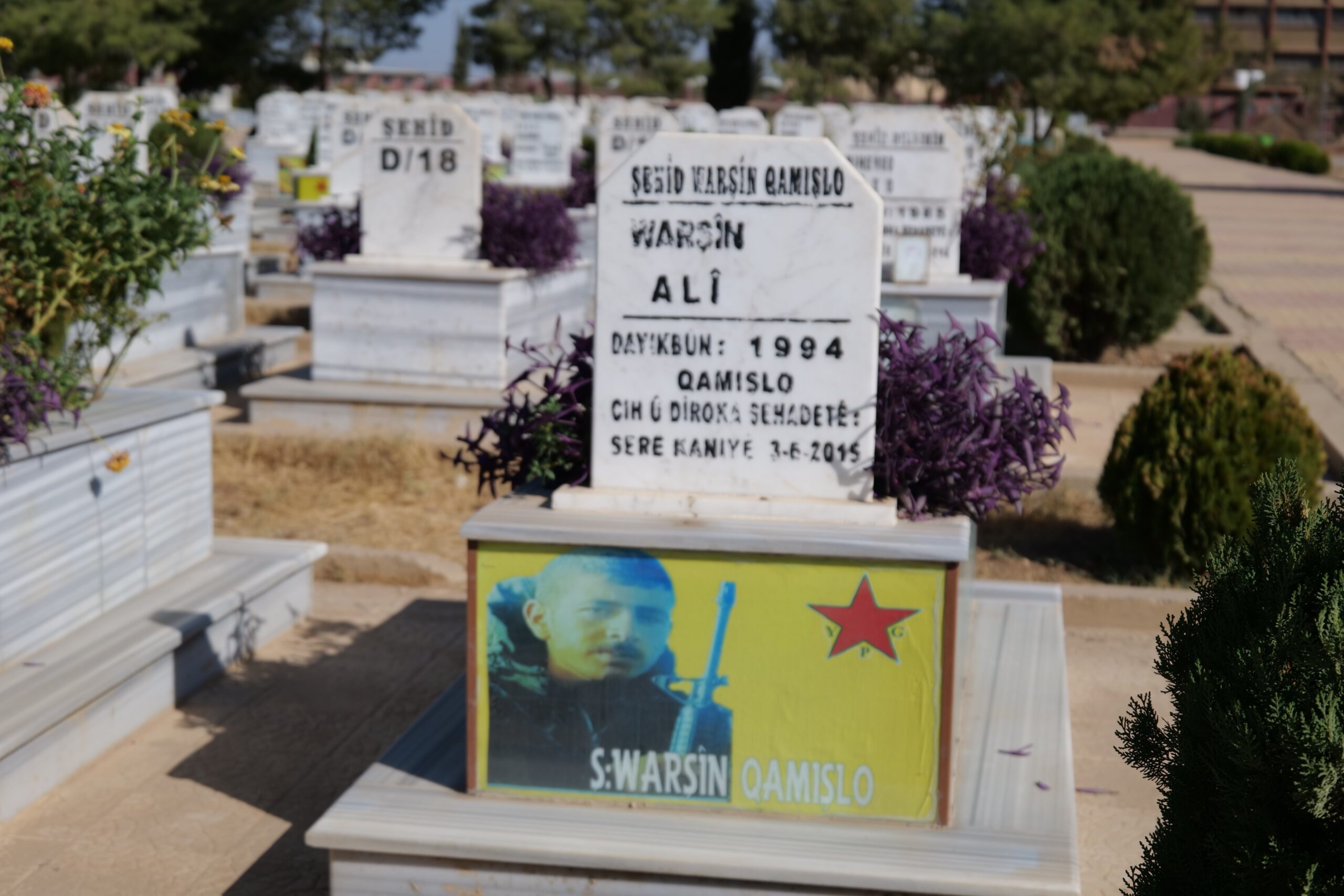
My translator explained the stories behind many of the graves. One grave marks three members of the same family who were all killed. Another belongs to a man who lost both hands and a leg fighting ISIS before he was finally killed by a Turkish drone. Pointing to two more headstones, she said the victims were “poor families, civilians, normal people. In the morning they went to school, then came home, ate, and went to work fixing cars.” They too were killed.
“You see all different kinds of people here,” she said, “all victims of ISIS. They all died together, and they’re buried together and remembered together. You will have this kind of martyrs also.”
At another grave she paused. “This is my uncle,” she said, then pointed to a nearby headstone. “And this is the most famous comedy actor in all of Kurdistan, in Iraq, Iran, Syria, and Turkey. He was killed on the way to a protest against Turkey.” They were civilians. They went because Turkey had restricted water flow into Rojava. The people were protesting when they were attacked by the Turkish-backed Syrian National Army, and many were killed.
Across Rojava, the Kurdish-led autonomous region of Syria, each city has a cemetery dedicated to the martyrs who were killed by ISIS. In Qamishli, the largest city and de facto capital of Rojava, the cemetery is called the Martyr Delil Saroxan Cemetery, named after the first local resident killed by ISIS.
The cemetery is adorned with the flag of the Institution of Martyr Families and a large sculpture of a candle engraved with a quote attributed to Abdullah Öcalan, a key Kurdish political leader imprisoned in Turkey since 1999. “To give light to the people around him and then he died. So this is the martyrs,” it reads.
My translator explained that the gravestones are inscribed in Latin script if the martyrs were Kurdish and in Arabic if they were Arab. “All the martyrs are buried side by side,” she said, emphasizing Rojava’s multiethnic society. Christians, she added, are buried in a separate cemetery not due to discrimination, but because under the ancient traditions of the Church of the East, the dead must be laid to rest in sanctified ground.
One section of the cemetery holds rows of graves for unidentified victims, each marked only with a number. “There are also foreigners who were killed fighting ISIS, and many others who died in Turkish drone strikes,” she said. However, two important foreign martyrs are not buried there; we had to drive nearly an hour and a half to reach their memorial, a public hospital, run by the Kurdish Red Crecent, that treats up to a thousand patients daily, free of charge.
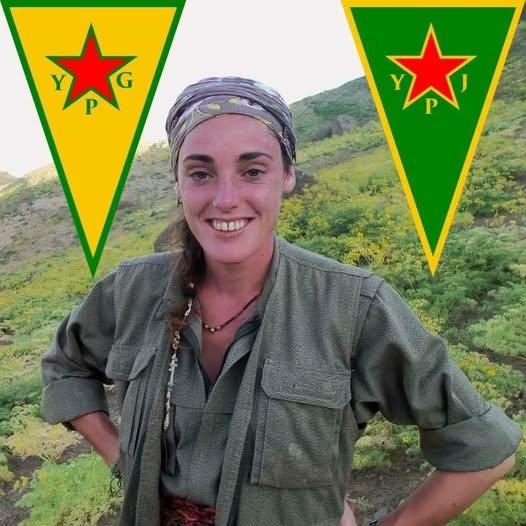
Alina Sánchez, known by her Kurdish nom de guerre Lêgerîn Çiya, was an Argentine doctor who worked with the Kurdish movement’s health services and the YPJ in Rojava, saving thousands of lives. A clinic was later named in her honor. That clinic became linked to one of the most extraordinary and moving martyrs: Zau Seng, a member of the Kachin ethnic group and a Free Burma Ranger (FBR) cameraman and medic who served on the frontlines in Burma.
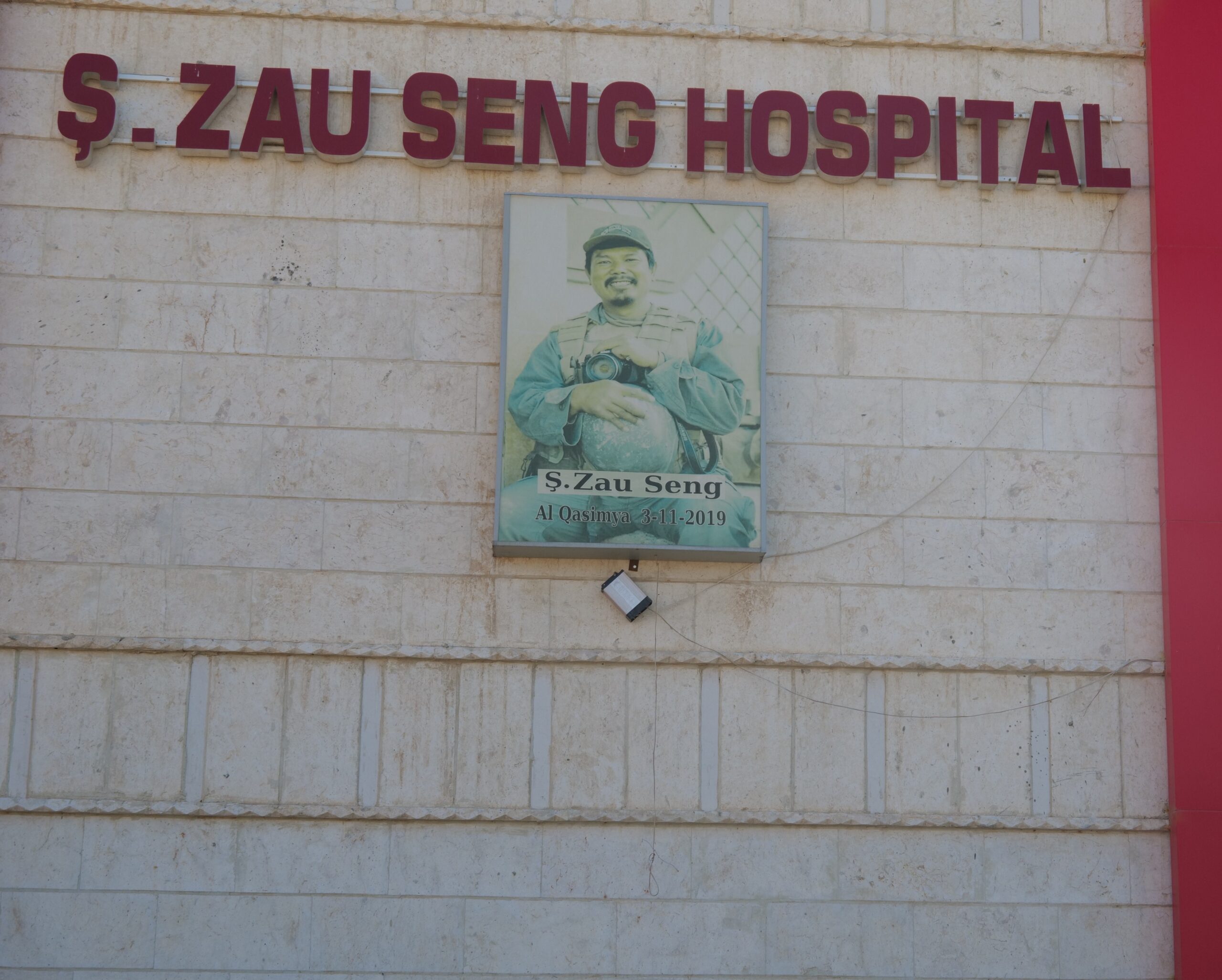
According to FBR founder and leader David Eubank, who was with Zau Seng when he was killed, “Always ready to go and film wherever attacks were happening, Zau filmed a lot over his 13 years as a Ranger. He filmed Burma Army airstrikes against civilians. He filmed on the streets of Mosul during ISIS’ final days there. And he filmed in Syria, showing the world that there has been no ceasefire and the cost of fighting to the civilians who have fled this area.”
Despite the 80-year-long war in his home country, Zau Seng felt that God had called him to Syria to help those suffering in Rojava. Shortly before arriving, he told one of his teammates that he wanted to continue going to the Middle East because “there are still constant battles, so the civilians have to constantly flee. When they flee to us, we, the FBR, give them medical care and distribute food. I still want to go back and do those things, and at the same time, record and report the situation.”
“I want to go back and help until it is finished,” he said. “The main thing I would like to say is that I am able to go and help because of God. I can’t do much, but I am able to report what is happening there. Now, in Iraq and Syria, I am able to go and help, and I am thankful for that opportunity. Sometimes I feel sad because I don’t know what to do. The one thing I know as a cameraman is to report what is happening here and report it to the world.”
Zau Seng was killed during a Turkish-supported Free Syrian Army attack. “Zau died instantly in the hit, even though we did everything we could to save him,” Eubank said. Two of their team members, Jason and Mohammad, were also injured in the attack but recovered. Zau Seng was not buried in the Martyrs’ Cemetery; his body was cremated and returned to Burma.
The wounded, including Zau Seng, were brought by the Kurdish Red Crescent to the clinic named after the Argentine martyr Alina Sánchez. When that clinic was later destroyed in a bombing campaign, its staff were absorbed into a new free hospital operated by the Kurdish Red Crescent, now called Zau Seng Hospital.
The hospital director became tearful as she recounted her experiences during the war. She explained that the Kurdish Red Crescent was often denied access to certain areas because of pressure from the Damascus government or from Turkey. “The Kurdish Red Crescent couldn’t go there to help the people,” she said. “The hospital was seized, no one could go. So, Free Burma Rangers helped us get an armored car, and they coordinated until all the wounded were evacuate.”
Tears streamed down her face as she remembered those desperate days. “They helped us because they rescued many lives, many wounded people who would have died otherwise.” She added that because the hospital is named after Zau Seng, “people in the region have to say his name every day, and in this way we remember his sacrifice.”
The story of the martyrs highlights the political tightrope that Rojava must walk. Surrounded by three hostile forces, the Damascus government, Turkey, and ISIS, the region continues to fight for survival while trying to provide a decent standard of living for its people. Yet the struggle is ongoing, with ISIS attacks growing more frequent and Turkey deepening its defense coordination with Damascus to launch strikes deeper into Rojava. Sadly, the list of martyrs will continue to grow.
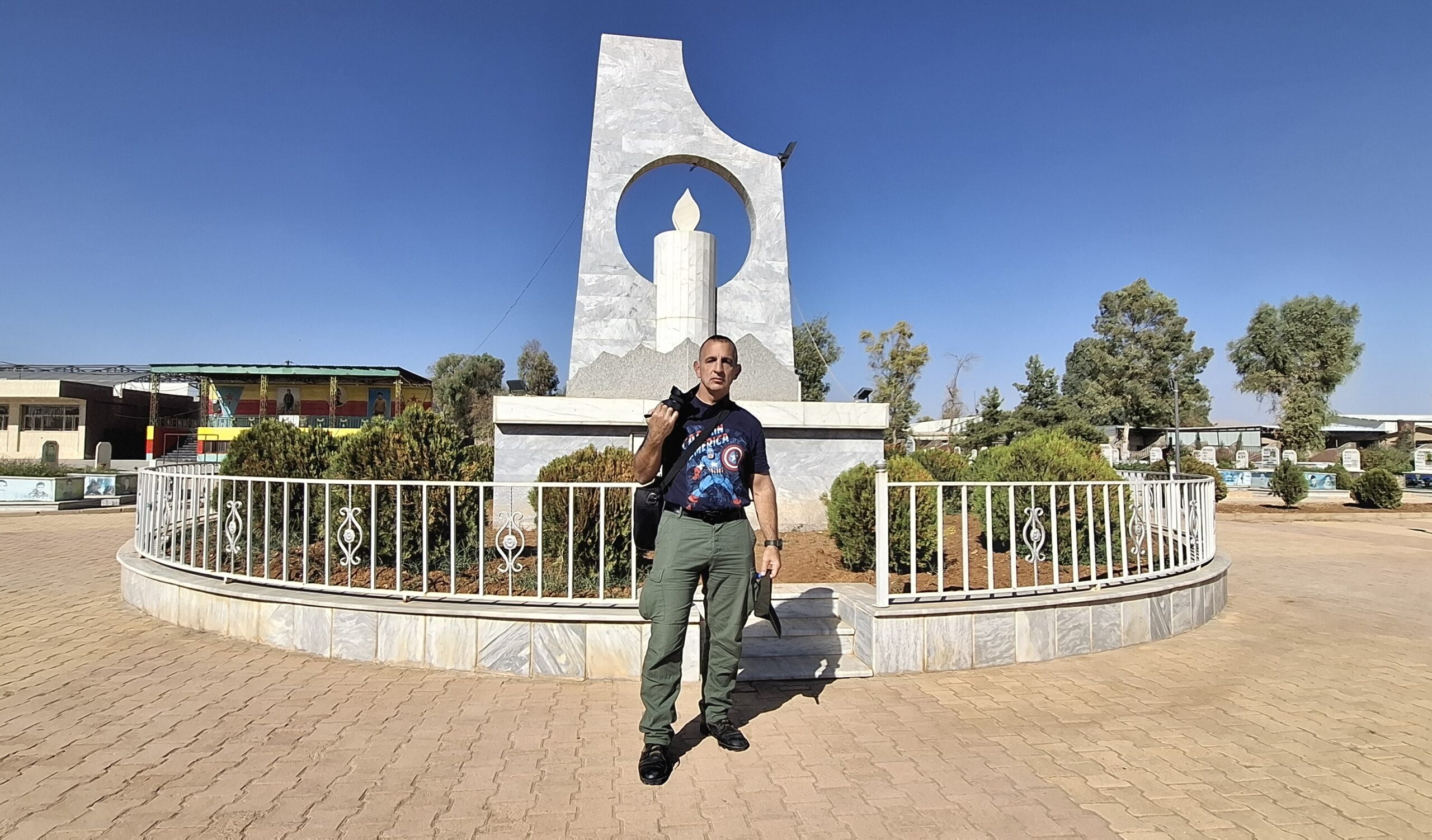
Read the full article here
